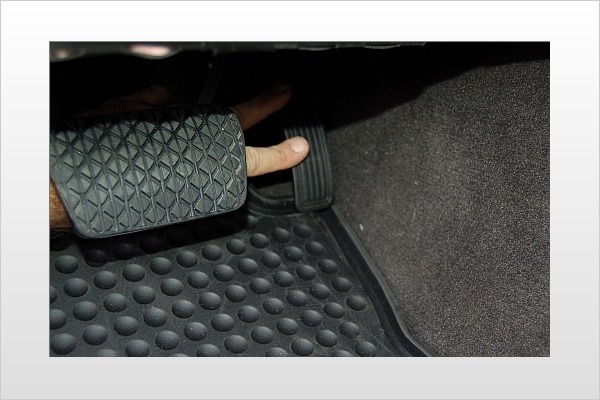
In 2009 and 2010, the nation was stunned by reports of "unintended acceleration" in everyday vehicles — most of them Toyotas. The accident that started the furor killed four people in California, and subsequent incidents of reported unintended acceleration frightened drivers nationwide.
The incidents prompted a recall of nearly 10 million Toyota and Lexus vehicles in the U.S. to address potentially improperly placed floor mats and accelerator pedals that might stick in a depressed position. Toyota's fumbled response to the incidents sullied its reputation for quality and safety, and the Department of Transportation fined the automaker nearly $16.4 million for failing to report the incidents to the National Highway Traffic Safety Administration (NHTSA) in a timely way.
NHTSA concluded that the unintended acceleration accidents in 2009 and 2010 couldn't be traced to any problems with engines' electronic throttle control systems. Many critics had blamed this so-called "drive-by-wire" technology for the accidents. NHTSA, the federal government's primary auto-safety regulatory agency, initially concluded electronic throttle control wasn't the cause, but asked NASA to study the problem — just to be sure.
The NASA researchers confirmed NHTSA's conclusion. The researchers determined that even a malfunction of the drive-by-wire throttle shouldn't affect a vehicle's brakes, which have much more power than even a runaway engine at full throttle. NASA concluded that the most likely reason for unintended acceleration was human error. That is, drivers mistook the accelerator for the brake pedal.
A 2012 report by the National Academies of Sciences, through its National Research Council, found that NHTSA was justified in its decision to close the investigation. But the report also found it "troubling" that NHTSA wasn't able to address the public's concerns about the safety of automotive technologies. The National Research Council committee recommended that the agency establish a technical advisory panel and that it be consulted "on relevant technical matters that arise throughout the agency's vehicle safety programs, including regulatory reviews, defect investigation processes and research needs assessments."
Meanwhile, automakers have put in place new "brake override" systems or are installing them in vehicles now. The systems will assure that if a driver is pressing both the brake and the accelerator pedals, the brake will dominate.
Runaway Acceleration Still Can Happen
Although it now seems certain that drivers were responsible for most unintended-acceleration incidents by mistaking the gas pedal for the brake pedal, that's not to say there aren't circumstances in which your vehicle can accelerate without your input.
The biggest culprit here is something that precipitated the recall of millions of Toyota vehicles: floor mats that shift out of place, are stacked or are otherwise thick enough to allow a top-hinged gas pedal to become trapped under the mat after the driver initially depresses the pedal. This happened to one of Edmunds' most experienced drivers, who was studying the unintended-acceleration issue.
Based on what we learned firsthand, here are two important recommendations if your vehicle suddenly accelerates because of a trapped gas pedal:
1) Stay calm. You will be able to get your vehicle under control. With your toe, attempt to pull the accelerator pedal back toward you. At the same time, shift the transmission into Neutral. Shifting into Neutral detaches the engine from the wheels, assuring there will be no more acceleration, regardless of whether you can "unstick" the accelerator pedal.
2) Try to pull over in a safe place, shut down the vehicle and have it towed to a repair facility. Edmunds put together a video detailing this process.
The NASA report should allay fears of a "ghost in the machine" that might subject drivers to unintended acceleration. And when drivers understand that shifting into Neutral and using your vehicle's brakes can effectively stop it (even with a trapped accelerator pedal), they can set aside worries about death or injury in an unintended-acceleration accident.